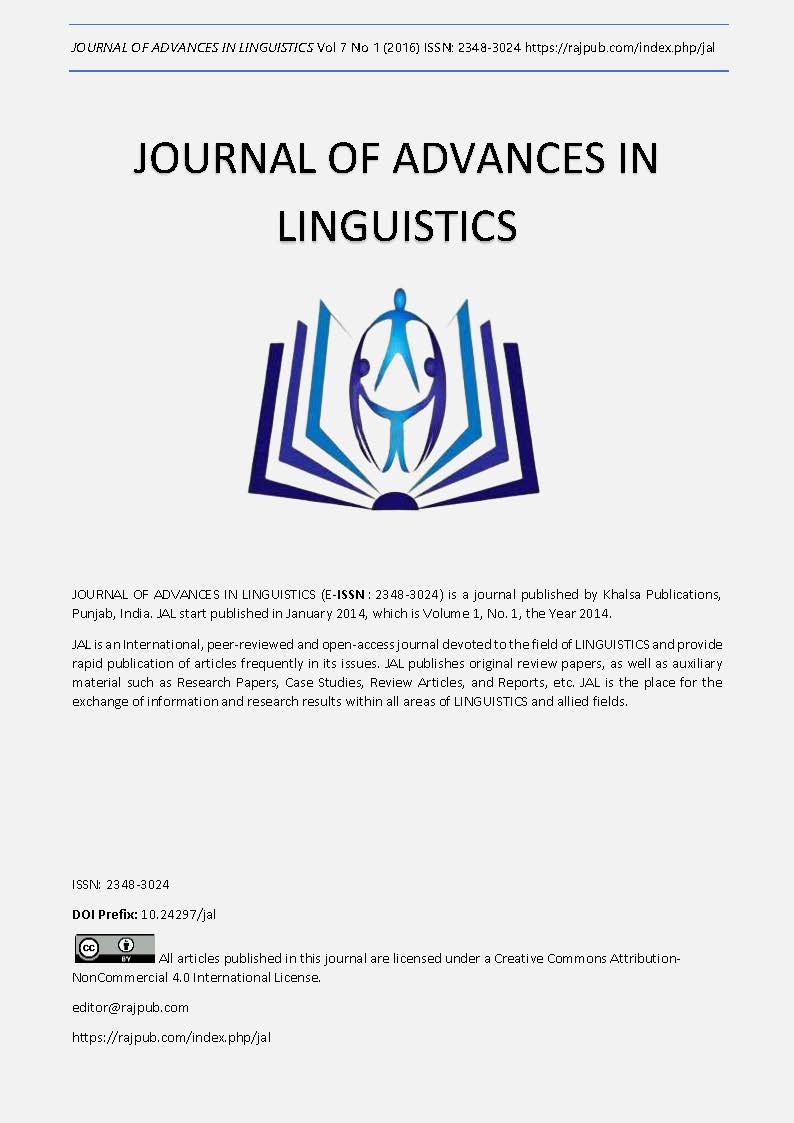The Homonymic Chain Model as a Tool for Multiple Sense Analysis
DOI:
https://doi.org/10.24297/jal.v7i1.4610Keywords:
Homonymy, polysemy, lexical ambiguity, word sense multiplicityAbstract
Many scholars e.g. Glover (2005), Sekyi-Baidoo (2006) and Falkum (2010) have expressed some concerns about Word Sense Multiplicity (WSM), which explains multiple meanings as part of a word. In other words, WSM is an integral part of any natural language including Akan on which this paper concentrates. As Agyekum (2002; 2005) and Levin (1993) observe, with WSM, users and researchers of language dwell on a particular sense of a word deeming it as an underlying representation of all other senses. In this paper, however, from the perspective of the homonymic and polysemic nature of a word, we seek to explore the Homonymic Chain Model (Oppong-Asare, 2012) as a tool for expressing the multiple meanings words in languages in descriptive terms. The model attempts to simplify the understanding of the various meanings of a word by conceptualizing its diverse senses. As will also be exhibited pictorially, the Homonymic Chain Model (HCM) also explains that a particular word may have two or more distinct meanings and each of the meanings may also have other related senses. As part of our conclusion, we contend among others that apart from aiding students and language learners to recognize and comprehend different senses of a word more clearly, HCM could also facilitate the work of translators working with Akan.
Downloads
Downloads
Published
How to Cite
Issue
Section
License
 All articles published in Journal of Advances in Linguistics are licensed under a Creative Commons Attribution 4.0 International License.
All articles published in Journal of Advances in Linguistics are licensed under a Creative Commons Attribution 4.0 International License.




